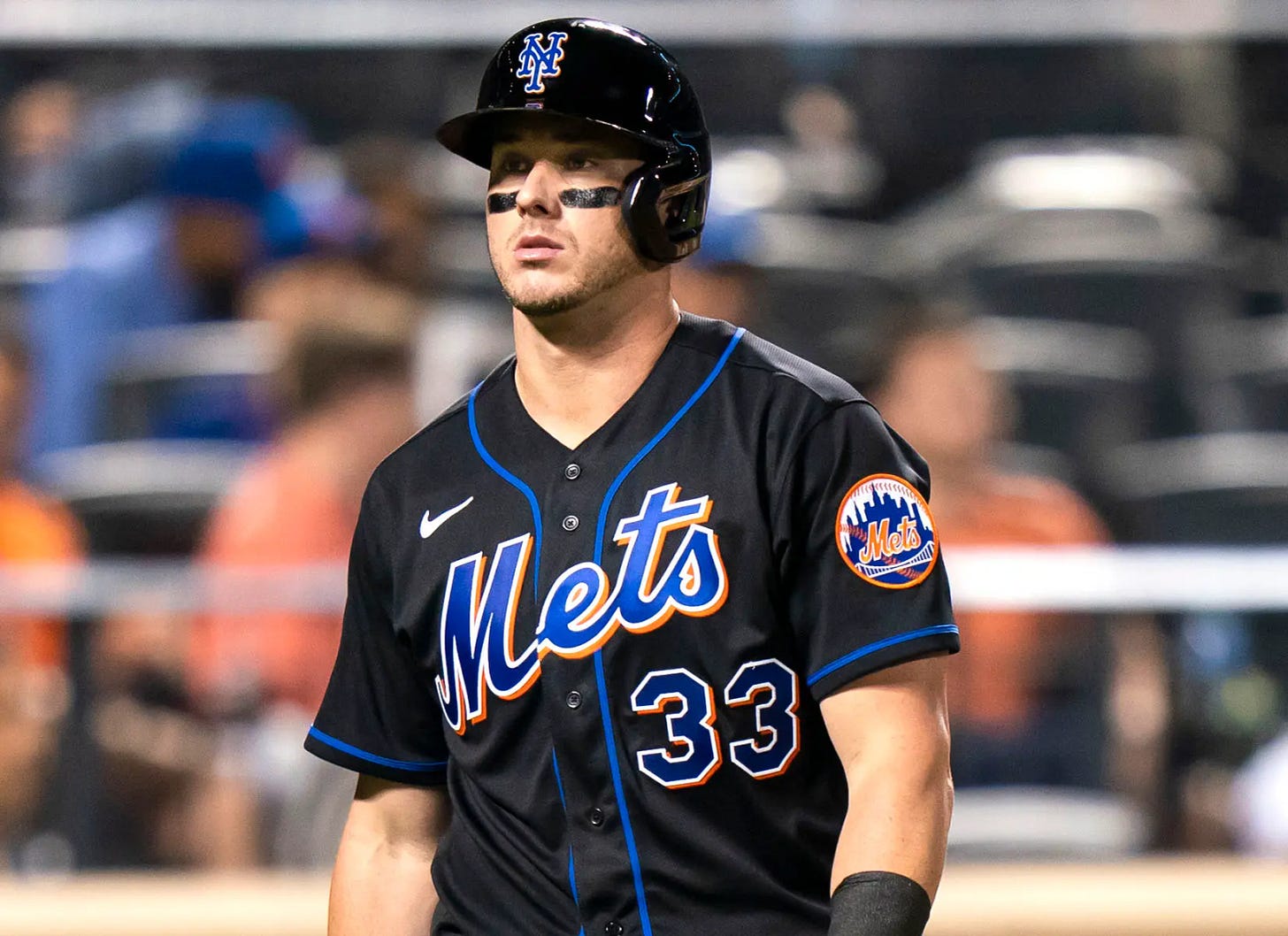Mets trade James McCann away to the Orioles
New York will reportedly eat a significant portion of the remaining money owed on the contract.
In what has already been a seismic and significant day for this franchise, the Mets made a smaller move late on Wednesday night to adjust their roster.
After much speculation, New York has traded catcher James McCann away to the Baltimore Orioles in exchange for a player to be named later, the team announced in a statement. The Mets will eat $19 million of the remaining $24 million owed to McCann over the 2023-24 seasons, per Mark Feinsand.
This move comes after quite a bit of speculation over the offseason that the Mets would on from McCann, who had not enjoyed much of any success since joining the club during the 2020 offseason. Over the first two years of his four-year, $40 million contract, McCann hit .220/.282/.328 with 13 home runs, 18 doubles, 64 RBI, 17 double plays, 161 strikeouts, a .610 OPS, 70 OPS+ and 0.9 fWAR.
Things were a lot different for this organization when the Mets signed McCann. Steve Cohen was indeed the new owner, but had only been in control of the club for a short period of time and had few front office members in place. The club was thought to have been in contention for free agent J.T. Realmuto at the time, but ultimately Cohen decided to wait just a bit longer before fully opening up his checkbooks as we’ve seen more recently.
Ultimately, things just never truly clicked for McCann in New York as he drew the ire of Mets fans over his short tenure here. And with the club getting essentially the same level of production, if not better, from their back-up in Tomás Nido, the ascension of baseball’s No. 1 prospect Francisco Álvarez and the recent acquisition of Omar Narváez, the writing on the wall was clear that McCann was going to be the odd man out and soon.
I wouldn’t expect the Mets to be fully done this offseason, as there are likely a few smaller moves and trades — they could still potentially shed some more salary by trading either of Carlos Carrasco, Eduardo Escobar or Mark Canha — as well as depth moves the club may look to make to round out their roster.
For luxury tax purposes (which is based on the average annual value of the contract, not the actual annual salary), the $19 million the Mets are responsible for is evenly split over the next two years. As such, the Mets are responsible for $9.5 million (as opposed to $10.15 million before the deal) plus a 90 cent on the dollar tax in 2023, and $9.5 million plus whatever luxury tax penalty is applied in 2024.



